Publications
For submission of articles or Working Papers to CEsA, please send an email to:
comunicacao@cesa.iseg.ulisboa.pt
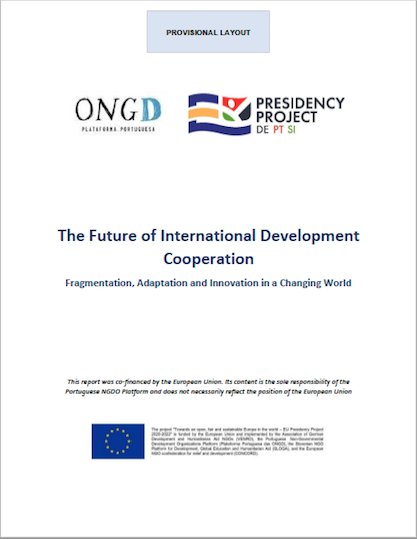
The future of international development cooperation: fragmentation, adaptation and innovation in a changing world
The future of international development cooperation: fragmentation, adaptation and innovation in a changing world, by Ana Luísa Silva, Luís Mah and Luís Pais Bernardo, stemmed from the need perceived by the Portuguese Platform of NGDOs (PPNGDO) to produce knowledge that will help its members carry out a more informed analysis of the changes in International development cooperation (hereafter, development cooperation). Understanding the transformation underway and the challenges it presents is fundamental for the PPNGDO and its members to jointly outline possible paths into the future, setting out the future direction of action, their priorities and their options.
Abstract:
This study stemmed from the need perceived by the Portuguese Platform of NGDOs (PPNGDO) to produce knowledge that will help its members carry out a more informed analysis of the changes in International development cooperation (hereafter, development cooperation). Understanding the transformation underway and the challenges it presents is fundamental for the PPNGDO and its members to jointly outline possible paths into the future, setting out the future direction of action, their priorities and their options. The study was conducted with three goals in mind: 1) tracing the progress of development cooperation over the past 20 years, while reflecting and discussing the ongoing changes in a multiplex world; 2) addressing the challenges faced by key public and private development cooperation actors view of the ongoing change; 3) contributing to the discussion on this new configuration of development cooperation by offering guidelines based on adaptation and innovation for thinking and acting in a complex, fragmented and fragile multiplex world. This study sought to review the available academic and grey literature (reports from development cooperation organisations, blog posts, online discussions and interviews), and where possible, interviews with professionals from international organisations – both governmental and non-governmental – were used. In the introduction of the study, we contextualise development cooperation in a changing world and describe the framework for discussion applied to each of the following sections: In Part I, changes in development cooperation and ODA are addressed, based on three issues that are crucial for the sectors: quantity, quality and legitimacy. Part II highlights the challenges faced by key public and private actors of development cooperation – either ‘“traditional’” or ‘“new’” ones. Finally, Part III outlines a few guidelines on complexity, fragmentation, and fragility, which can provide useful tools for analysis in the new context. To conclude, we offer civil society organisations some points for reflection.
Quotation:
Silva, Ana Luísa, Luís Pais Bernardo e Luís Mah (2021). The future of international development cooperation : fragmentation, adaptation and innovation in a changing world. Lisboa: Plataforma Portuguesa das ONGD. URL: https://www.repository.utl.pt/handle/10400.5/21214
Access the article here.
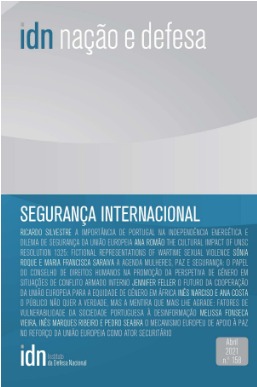
O Mecanismo Europeu de Apoio à Paz no Reforço da União Europeia como Ator Securitário
Authored by Melissa Fonseca Vieira, student of the Masters in Development and International Cooperation, Inês Marques Ribeiro and Pedro Seabra, O Mecanismo Europeu de Apoio à Paz no Reforço da União Europeia como Ator Securitário reflects on the European Union and how it has sought to strengthen its capabilities to promote conflict prevention.
Abstract:
In a volatile global context, the European Union has sought to strengthen its capabilities in order to promote conflict prevention, peace-building and the strengthening of international security. However, although it currently has mechanisms for crisis management and conflict prevention, these have not been sufficient or fully effective. The European Peace Facility (EPF) has emerged as an attempt to consolidate the EU’s role as a global security actor, through the direct financing of military operations. O Mecanismo Europeu de Apoio à Paz no Reforço da União Europei analyses its creation and the role it is expected to play in the context of the CSDP, providing the necessary framework within the framework of previous similar experiences. Despite the challenges imposed by its creation, the APRM represents a strong commitment by the EU to consolidate peace and strengthen security at global level.
This article was published in ISCTE-IUL’s repository. To access, click here.
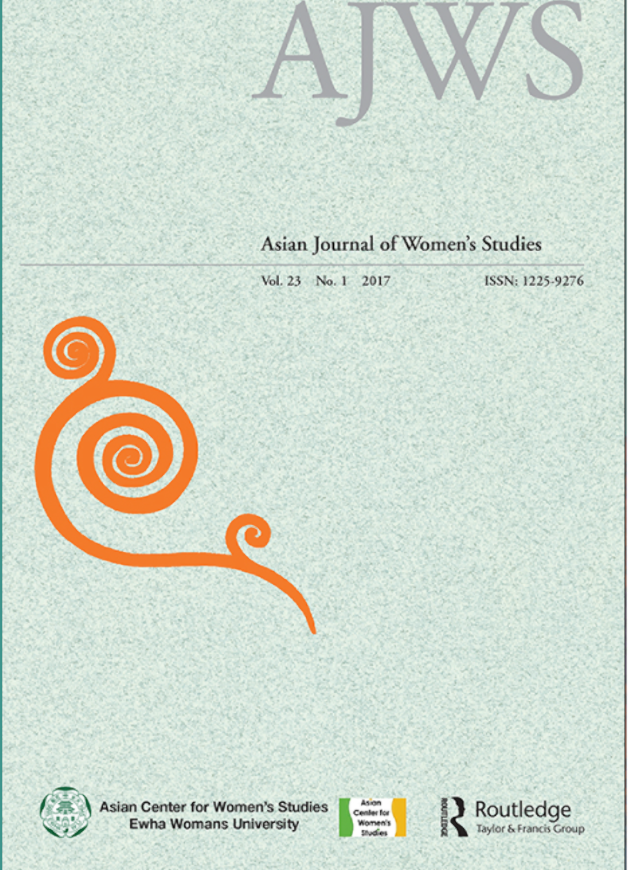
Impact of emergency cash assistance on gender relations in the tribal areas of Pakistan
The most recent article by Asif Igbal Dawar with Marcos Ferreira, Impact of emergency cash assistance on gender relations in the tribal areas of Pakistan (2021), is one of six articles he published throughout his doctoral research.
Abstract:
Impact of emergency cash assistance on gender relations in the tribal areas of Pakistan seeks to make a contribution to the discussion on the consequences of social change brought about by relief programs in humanitarian contexts. It examines the extent to which the Unconditional Cash Transfer (UCT) program (2014–2016) in the Pakistani tribal district of North Waziristan (NW) has influenced patriarchal gender norms in the region, in transforming perceptions about what men and women can do and on changing gender relations. Through interviews conducted in the field between 2017 and 2019, we examine the positive, albeit limited, impact on society and conclude that our study enabled a better understanding of micro practices and processes that challenge the patriarchal structure of society and the norms that sustain it. We illustrate how such processes have started to influence patriarchal norms by improving women’s status both at home and in the community, eventually leading to a shift in traditional perceptions and constructions of gender relations. Although these changes do appear significant, gender equality will continue to face tough challenges in the region and its consolidation depends on the collective efforts of development stakeholders to support unconditional, gender sensitive relief programs that transcend immediate humanitarian and post-humanitarian concerns.
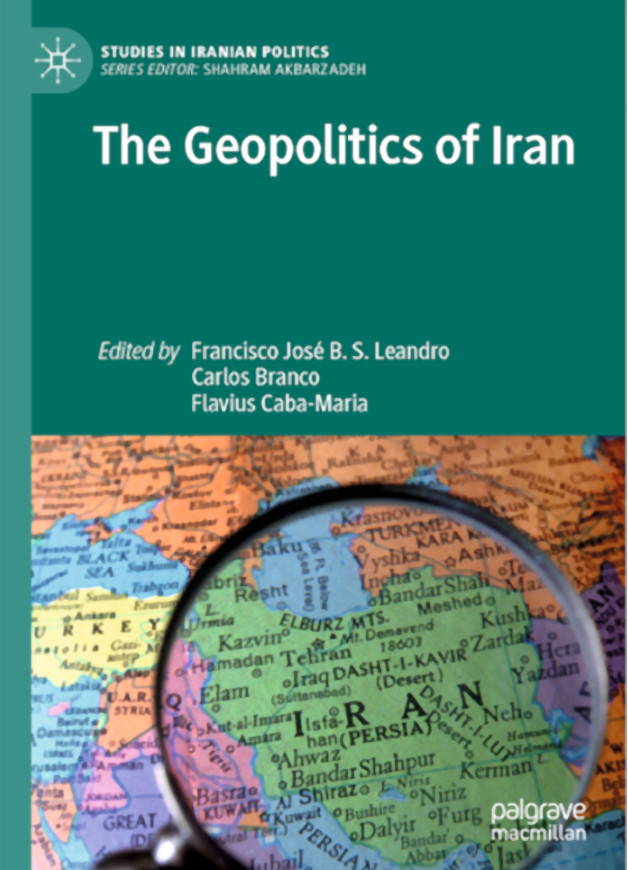
The International Financial Institutions: An ajar door to the external financing of Iran
Authored by Enrique Martínez-Galán, “The International Financial Institutions: An ajar door to the external financing of Iran”, chapter #6, is part of the book “Geopolitics of Iran: Why is it important to the broader Middle East Region?”, which undertakes an examination of the role of Iran in contemporary geopolitics.
Abstract:
While two of the largest International Financial Institutions (IFIs) in the world, namely, the Islamic Development Bank and the Asian Infrastructure Investment Bank, still finance or are planning to finance infrastructure projects in Iran, other two of the largest IFIs, namely, the World Bank Group and the Asian Development Bank (ADB), have been vetoing any financing or participation of Iran in its governance, respectively, under the manifest influence of the United States (U.S.). Besides, the European Investment Bank, the so-called bank of the European Union, managed to resist strong pressures from France, Germany and the United Kingdom back in 2018 to create a special purpose vehicle that could allow the EU to circumvent U.S. sanctions and continue financing projects in Iran. It is interesting to note that international relations were once very different. In fact, Teheran was one of the three candidate cities to host the headquarters of the ADB back in the 1960s. We will discuss in this chapter the role played by IFIs in Iran, and vice-versa. We will frame the discussion in the theoretical frameworks of financial statecraft (Steil and Litan in Financial statecraft: The role of financial markets in American Foreign Policy. Council of Foreign Relations and the Brookings Institution, New Haven and London, Yale University Press, 2006) and of soft power (Nye in Annals of the American Academy of Political and Social Science 616: 94–109, 2008; Nye in Foreign Affairs 88 (4) (July–August): 160–163, 2009). Furthermore, we will show how, despite the U.S. sanctions, the Iranian economy still manages to obtain financing from IFIs. Finally, we will also debate the relevance of the IFIs in the context of the external financing of the Iranian economy. Looking forward, we will draw scenarios for the future relationship of Iran with the IFIs.
About the book:
Geopolitics of Iran: Why is it important to the broader Middle East Region? assesses Iran’s role in contemporary geopolitics. Specifically, it examines three main circles that are related: Iran’s development and political challenges, its relations with neighbouring countries, as well as its relations with the major global powers – China, the European Union, Russia and the United States. It includes contributions from over 20 authors in areas such as contemporary geopolitics, modern history, natural resources, economics, the political-social context and strategic thinking. Particular focus is placed on Iran’s relations with its neighbours – Afghanistan, Iraq, Israel, Pakistan and the Persian Gulf states. In addition, the book offers a bilateral and multilateral dimension on how the nuclear sanctions imposed on Iran have impacted its strategic planning from an economic and military perspective.
Access the book:
https://www.palgrave.com/gp/book/9789811635632
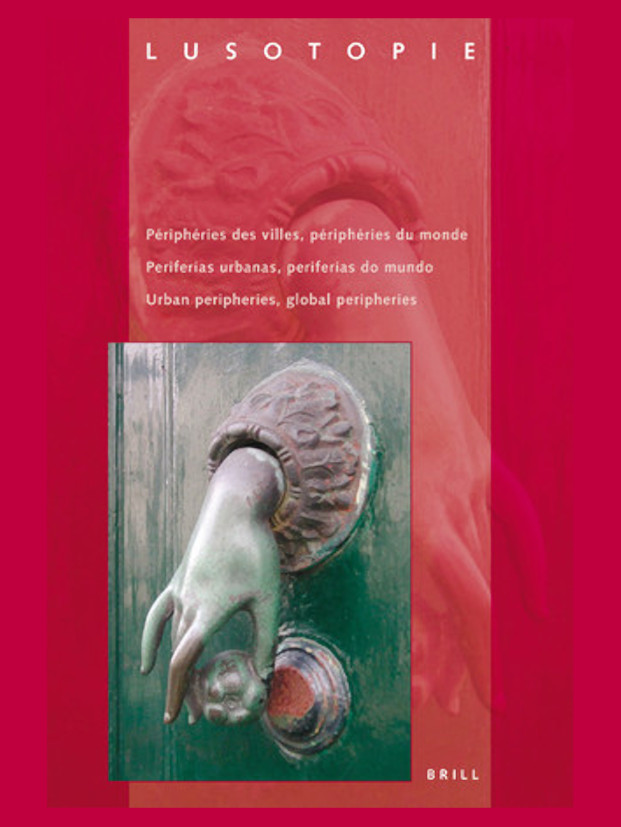
Modern Intimacies and Modernist Landscapes: Chinese Photographs in Late-Colonial Mozambique
Authored by Lorenzo Macagno, Modern Intimacies and Modernist Landscapes: Chinese Photographs in Late-Colonial Mozambique addresses a specific aspect of the social and cultural life of the Portuguese-Chinese in Mozambique. The first contingents, coming from the Chinese province of Guangdong, began to arrive in that region of East Africa in the second half of the 19th century.
Abstract:
Modern Intimacies and Modernist Landscapes: Chinese Photographs in Late-Colonial Mozambique addresses a specific aspect of the social and cultural life of the Portuguese-Chinese in Mozambique. The first contingents, coming from the Chinese province of Guangdong, began to arrive in that region of East Africa in the second half of the 19th century. Most settled in the city of Beira. By the 1950s, the Chinese community was already well integrated into modern life in the colonial Beira. The city was undergoing an unprecedented urban and architectural ebullition. In that period, the Luso-Chinese, in their capacity as merchants, also began to stand out in the field of photography. Based on a multi-sited research among the Luso-Chinese in the diaspora – and their family photo albums – this article reflects on two inseparable aspects of late-colonial modernity: architecture and photography.
Access this article, published in the University of Lisbon’s Repository, here.
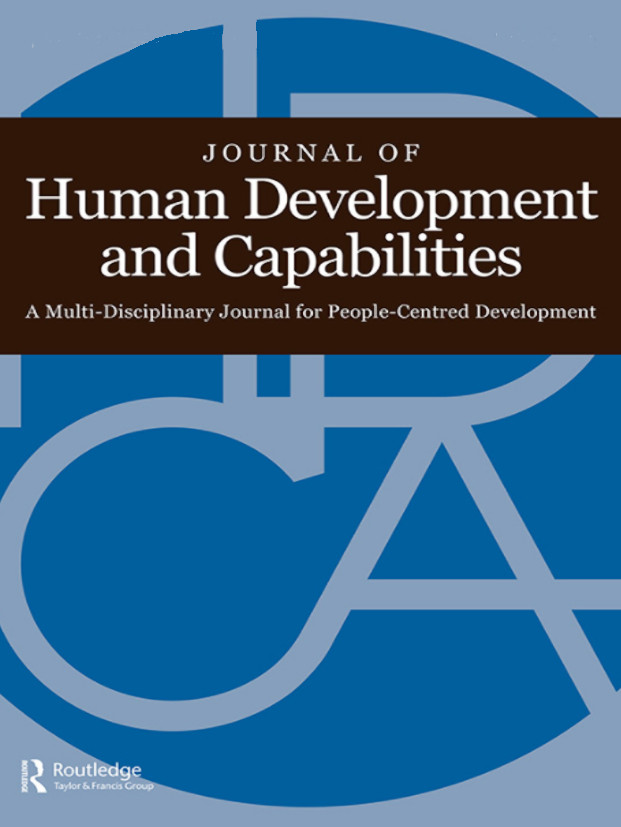
On the Nature and Determinants of Poor Households’ Resilience in Fragility Contexts
Authored by Christophe R. Quétel, Guy Bordin, Alexandre Abreu, Ilektra Lemi & Carlos Sangreman, On the Nature and Determinants of Poor Households’ Resilience in Fragility Contexts published in the Journal of Human Development and Capabilities – Taylor & Francis Online (31 May 2021) – focuses on the resilience of placed populations in the face of great adversity.
Abstract
Several global policy frameworks focus on managing (risks of) disasters affecting broad populations. In those frameworks resilience is a conceptualisation that possibly has important ideological implications. It is often opposed to fragility, and used to validate the notion of recurring insecurity, promote individual adaptability almost in the form of an obligation, and push the idea that crises/catastrophes are opportunities for profound changes. While effects from the COVID-19 pandemic have brought the protective role of the state to the fore, applying the word resilience to poor people requires clarification, especially in contexts of weak state public services and because assessment of complex poverty situations too often remains oversimplified and error-prone. We argue that to build capacity for resilience poor households need policies that protect and help them out of poverty, and that policy-making processes require engagement with people. Individuals must be asked about their perceptions and management of risks and threats, both in daily life and under exceptional circumstances, especially if the resulting stress factors accumulate and interact. This socially informed, place-specific, and multi-level approach could contribute substantially to identifying interventions, reducing poverty and poverty related risks, enhancing well-being and promoting development and cooperation programmes that meet people’s expectations.

Disarray at the headquarters: Economists and Central bankers tested by the subprime and the COVID recessions
Authored by Francisco Louçã, Alexandre Abreu and Gonçalo Pessa Costa, Disarray at the headquarters: Economists and Central bankers tested by the subprime and the COVID recessions explores the discussions among economic modellers, central banks research staff and decision-makers, namely on the adequacy of unconventional monetary policy and fiscal expansionary measures after the crisis and to COVID 19 recession.
Abstract:
The article explores the discussions among economic modellers and central banks research staff and decision-makers, namely on the adequacy of unconventional monetary policy and fiscal expansionary measures after the subprime crisis and as the COVID recession is developing. First, the article investigates the arguments, models and policy proposals of several mainstream schools of economics that challenged the traditional Chicagoan orthodoxy based on Milton Friedman’s views, and developed the Lucas Critique, the New Classical synthesis and Real Business Cycle approach that replaced monetarism as the main rivals to old-time Keynesianism. Second, the transformation of Real Business Cycle models into Dynamic Stochastic General Equilibrium (DSGE) models is mapped, as it extended the ideas of the iniquity of government intervention and unified academic and central bank research. Yet, a battery of criticism was levied against the DSGE models and, as the debate emerged over quantitative easing and other tools of unconventional monetary policy, the need for policy pragmatism shattered the previous consensus. The article then proceeds to discuss how the leading mainstream academic economists reacted to changes in central banks‘ practices, noticing a visible dissonance within Chicago-school and DSGE economists, as well as major contortions of central bankers in order to justify their new postures. The article concludes with a call for an extensive menu of fiscal, industrial and innovation policies in order to respond to recessions and structural crises.





